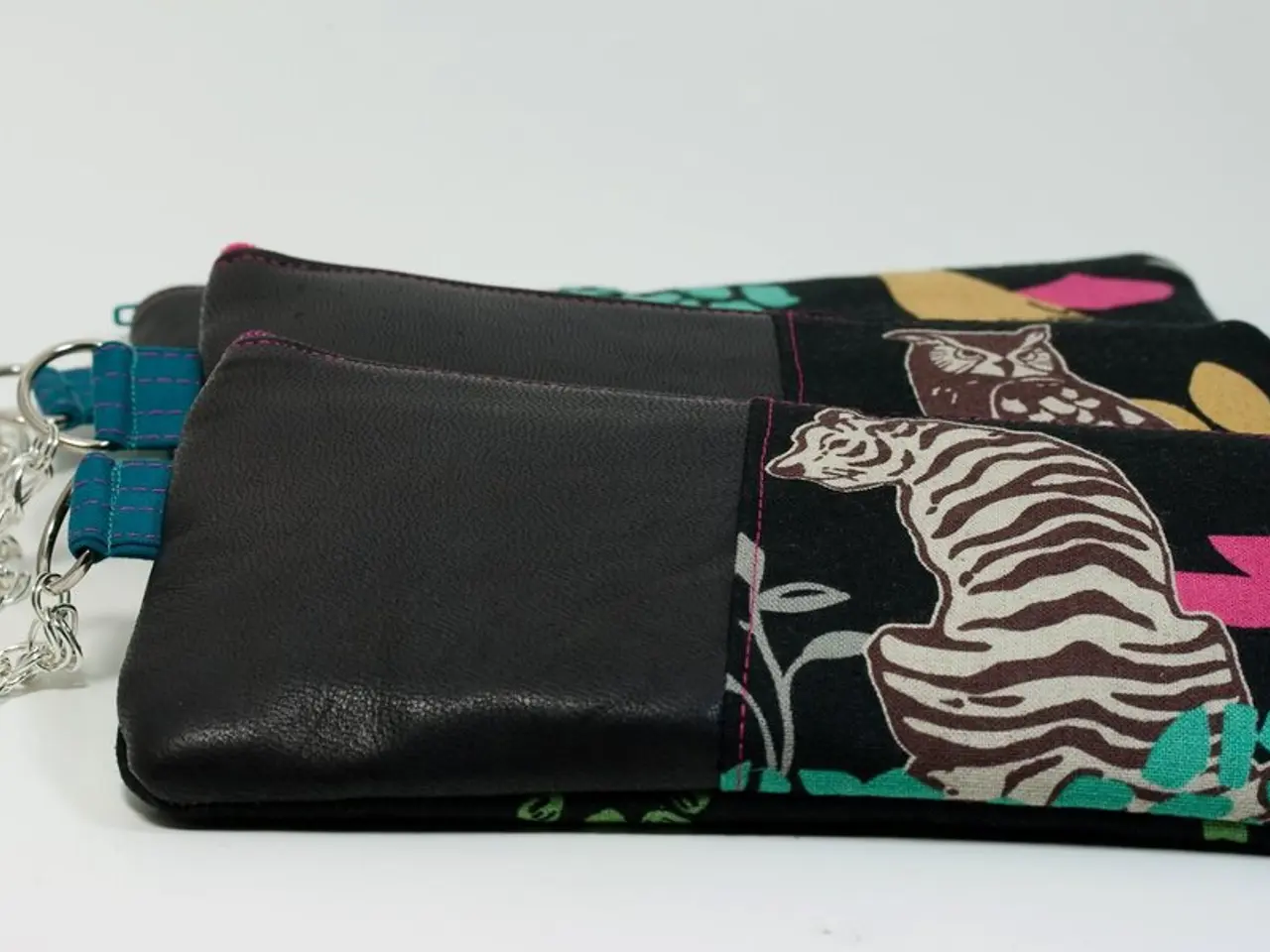Fidelity intends to convert Treasuries into digital assets (or tokens)
In the ever-evolving world of finance, Fidelity Investments is taking significant strides in the realm of tokenized Treasury funds. The American multinational financial services corporation is collaborating with major asset managers such as BlackRock, Goldman Sachs, Federated Hermes, and BNY Mellon to offer institutional investors the opportunity to purchase shares of money market funds in a tokenized form, recorded on blockchain platforms [1][2][3].
The journey began in mid-2025, with Fidelity joining forces with Goldman Sachs and BNY Mellon to launch the first tokenized money market fund solution in the U.S. Utilizing Goldman's GS DAP platform and BNY's LiquidityDirect platform, this initiative marked a significant step towards digitizing approximately $7 trillion in money market assets [1][2][3].
At the end of July 2025, Fidelity introduced "OnChain," an Ethereum-based blockchain share class specifically for its Treasury money market fund shares, furthering the adoption of tokenized fund offerings underpinned by blockchain technology [5].
Looking ahead, Fidelity and its partners plan to scale tokenized Treasury and money market fund products with enhanced on-chain collateral capabilities, operational efficiencies, and compliance-first frameworks. These advances aim to bridge decentralized finance (DeFi) innovation with institutional-grade oversight and regulatory requirements, unlocking new liquidity and yield opportunities for large capital pools [4].
It's worth noting that the Fidelity Treasury Digital Fund initially uses the Ethereum blockchain for transactions, and it's possible that in the future, the fund tokens may be available for secondary trading. However, Fidelity has not yet disclosed any plans to relax the limits on the fund's tokens [4].
The primary records of ownership for the Fidelity Treasury Digital Fund will be conventional and will be reconciled with the blockchain daily. The blockchain could potentially become the authoritative ledger for the Fidelity Treasury Digital Fund in the future [4].
As for the market capitalization, the total market capitalization of tokenized Treasuries is approaching $5 billion, with BlackRock's BUIDL holding the largest market capitalization of around $1.4 billion in the tokenized Treasury market. Ethena Labs' USDtb stablecoin, on the other hand, boasts over $1 billion in reserves within the tokenized Treasury market [4].
Fidelity's foray into tokenized funds is noteworthy considering it has taken longer to tokenize a fund compared to other asset managers, despite being one of the first to engage with cryptocurrencies and blockchain. It's also interesting to note that Fidelity International, a sister company, has leaned more into tokenization [4].
The article does not provide information about any partnerships or solicitations of business from tokenization asset managers like Ondo Finance, but it is known that Ondo Finance has $75 million invested in a Fidelity fund, which is not tokenized and was first invested in mid-February [4]. Furthermore, a significant portion of Ondo Finance's assets are invested in other tokenized funds like BUIDL, Franklin Templeton's FOBXX, and WisdomTree's WTGXX [4].
In conclusion, Fidelity's expansion of its tokenized Treasury fund offerings is progressing through collaborative industry projects launched mid-2025 with blockchain-based platforms and compliance-focused innovation, moving well beyond the initial Fidelity Treasury Digital Fund toward a broader ecosystem of tokenized money market funds [1][3][4][5].
- The collaboration between Fidelity Investments and asset managers like BlackRock, Goldman Sachs, Federated Hermes, and BNY Mellon is aiming to tokenize Treasury and money market fund products, utilizing blockchain technology for increased operational efficiency and regulatory compliance.
- Fidelity's capitalization in the tokenized Treasury market is growing as the total market capitalization of tokenized Treasuries approaches $5 billion, with the Fidelity Treasury Digital Fund and Ethena Labs' USDtb stablecoin being significant players.
- In the realm of investing, Fidelity's journey into tokenized funds started with the launch of the first tokenized money market fund solution in the U.S. in mid-2025, and they are now planning to scale their offerings, enhancing on-chain collateral capabilities and compliance frameworks.
- While Fidelity Investments has not yet revealed any plans to relax the limits on the fund's tokens for secondary trading, the primary records of ownership for the Fidelity Treasury Digital Fund will initially be conventional, with the blockchain serving as a potential authoritative ledger in the future.




